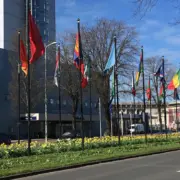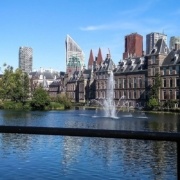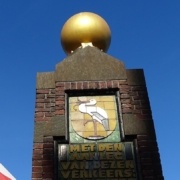A divorce under common law in the Netherlands
In most European countries, the legal system is based on Roman law, with the law laid down in codes. In Anglo-American countries, the law, known as common law is laid down in jurisprudence based on customary law. Countries such as the United States, the United Kingdom and Australia have a legal system based on customary law. In practice, this difference in approach can cause problems in divorce cases involving both legal systems.
Applicable law
When a divorce takes place in the Netherlands, the law that applies to maintenance (alimony) differs from the law concerning the settlement of assets. This is complex enough in itself. However, when a divorce takes place in the Netherlands, it is not necessarily the case that solely Dutch law applies. In some cases, Dutch law applies to the maintenance arrangements and for instance English law (or the law of another common law country) applies to the settlement of assets, or vice versa.
Dutch law
In the Netherlands, as mentioned above, maintenance and assets are two separate issues. Maintenance (alimony) covers income, compensation for loss of earning capacity during the marriage, and a monthly payment to enable the former spouse to maintain the same standard of living. The needs of the person entitled to maintenance, based on their financial circumstances during the marriage, are the point of departure.
The financial settlement is a separate matter, as this is concerned solely with assets. Settlement of assets takes place on the basis of the pre- or post-nuptial agreement. When no pre- or post-nuptial agreement was signed, the couple automatically married in community of property, and the assets are divided equally. With the division of assets, the income component is left out.
English law
In England, maintenance and assets are lumped together. If the former spouses cannot come to an agreement, the court determines what it considers to be a reasonable lump sum which one spouse must pay the other. As a matter of fact, the only yardsticks of the court are reasonableness and fairness.
In some cases, in addition to the lump sum, one must pay the former spouse monthly maintenance. In other cases, as well as paying the ex-spouse a lump sum, the higher earning partner needs to transfer ownership of a house to the former spouse. This is known as the reallocation of assets which Dutch law does not permit.
When determining the division of assets, the court looks into factors including each spouse’s earning capacity, the needs of the person entitled to maintenance and the financial circumstances during the marriage. In short, regarding the division of assets, in England the court takes into account the income components. In the Netherlands, the court disregards income components and instead considers these when determining the amount of maintenance.
Contact
Maintenance and assets are part of the same pot under English law. Under Dutch law they are completely separate. Thus, it is impossible to apply both English and Dutch law to the same divorce. There is no “one size fits all” solution, so a tailor-made approach is necessary. GMW lawyers can offer you just that.
If you have any questions, please do not hesitate to contact us.
Update article: November 2017.









